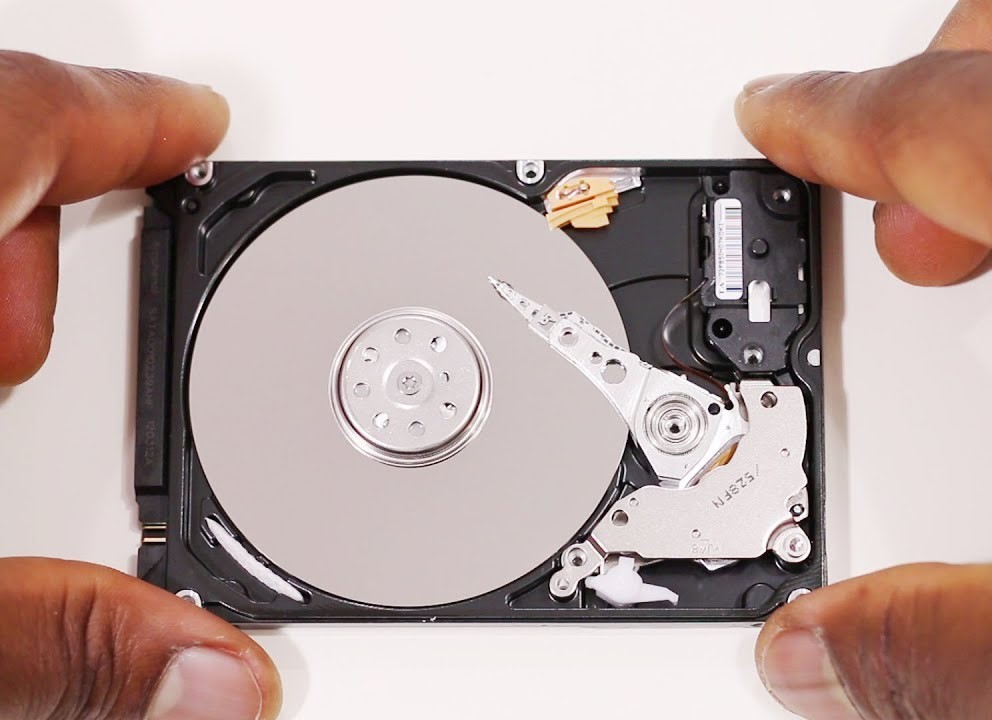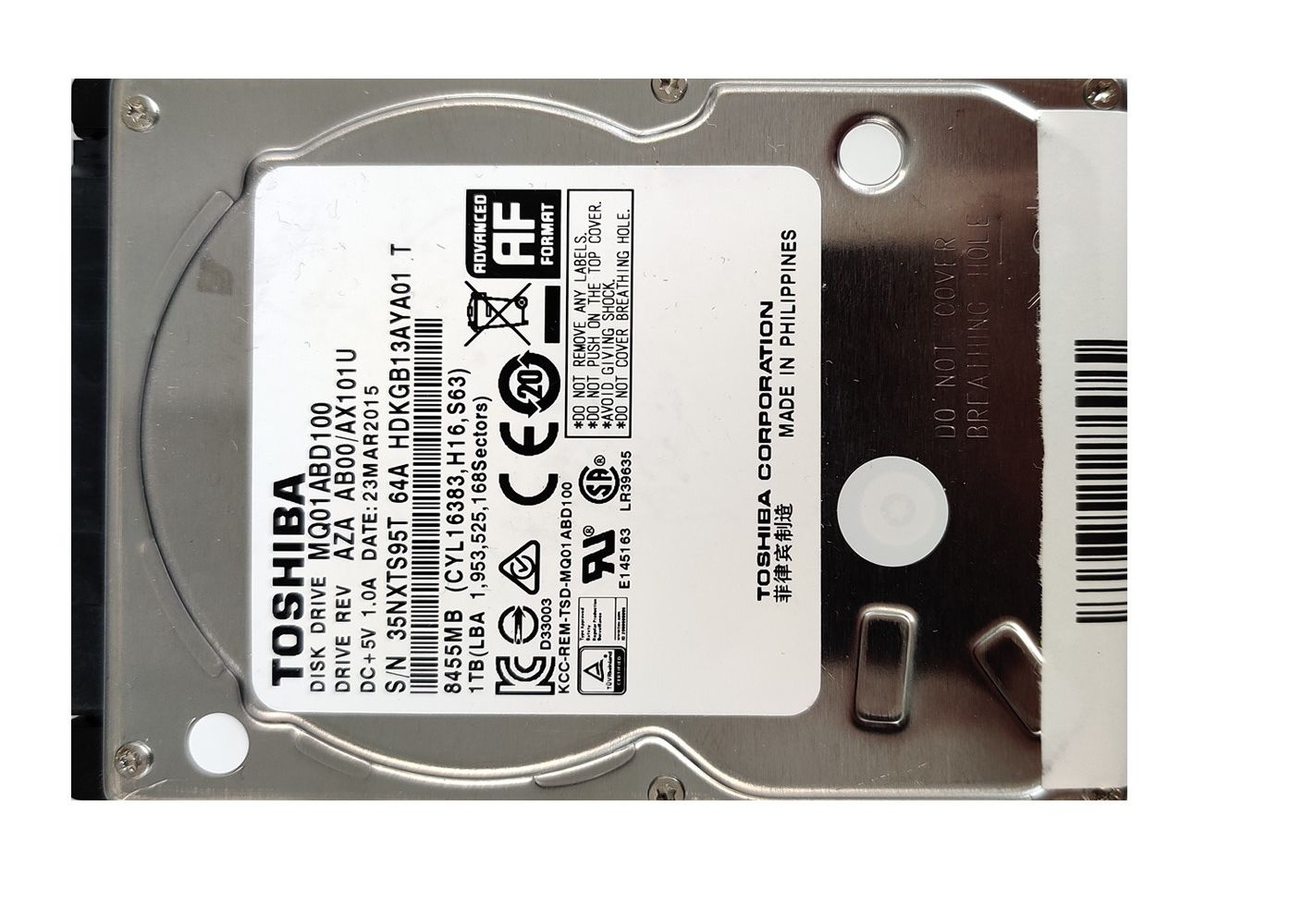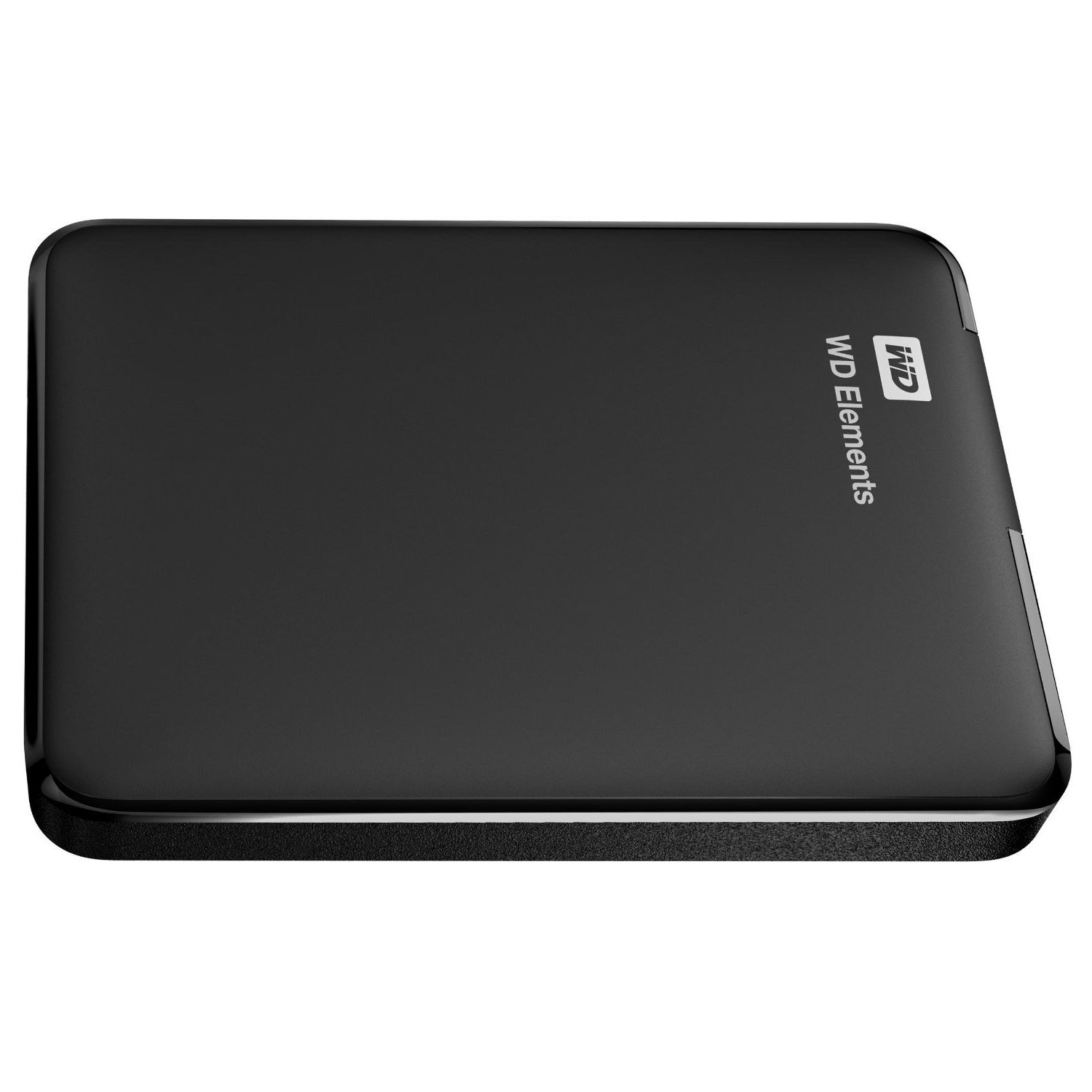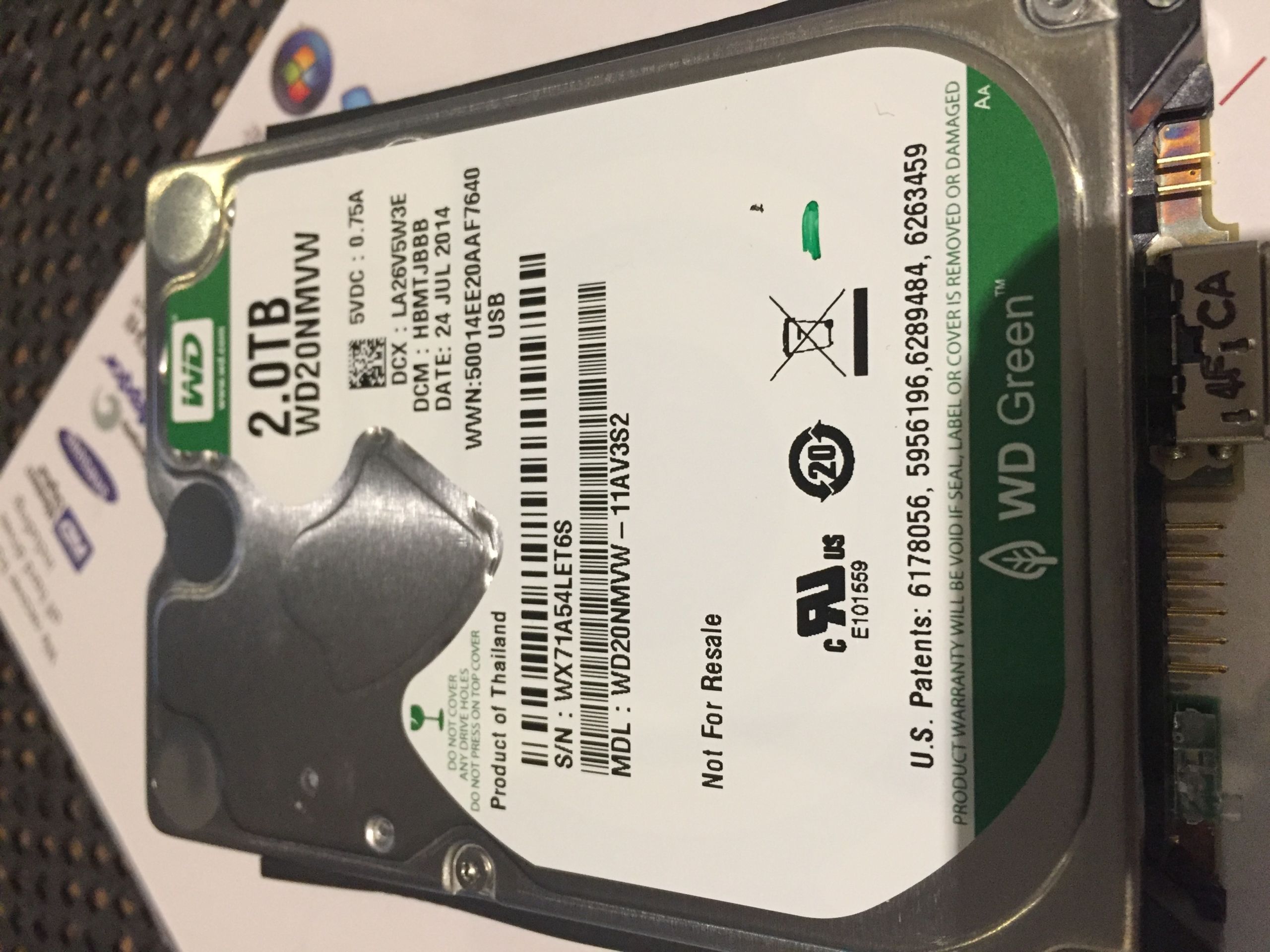Solid State Recovery
Common SSD Issues
SSD Responding Slow
A very common problem with Solid State Drives is that the drive will start responding slower and slower with time. This can be caused by a couple reasons: Controller failing, NAND Chip degradation, Bad Sectors, Damaged file system.
At the first sign of any issues, you should power down the SSD drive and contact us. The sooner we get the drive, the higher the chances of recovery. Please do not attempt using software to recover the data as it will only make the situation worse.
Drive Not Found
If your solid state drive is not detected whatsoever by your computer, chances are that the controller has failed OR the NAND chip (where the data is stored) is either completely dead or on the verge of giving out completely.
The only way to recover the data from these types of cases is to use specialized tools (such as PC-3000 by Ace Labs) to short special pins on the PCB board of the drive and attempt to make repairs to regain access to the data.
Deleted Files
By far one of the most common Solid State Recovery cases we receive is Deleted File Recovery. IF this is your issue, please make sure to power down the drive as soon as possible. Every second counts when it comes to SSD Drives.
Solid State Drives have a featured called TRIM that gets enabled after X amount of time after data deletion. TRIM will permanently delete (ZERO out) lost or deleted files from the drive. We can disable trim, then start the imaging/cloning process.
Shows Wrong Capacity
If your solid state drive is showing the wrong capacity, almost 99% of the time, the issue with the drive will be controller failure.
Please don’t connect and disconnect the drive too many times, as this will only make the situation worse.
Blue Screen of Death
The “Blue Screen of Death” is almost always caused caused by a corruption in the file system of the computer.
Please DO NOT attempt running DSK CHK on the drive, as it will cause irreversible damage to the data.
Liquid Damage
Since State Drives are 100% electronic (no moving parts), is essential you power down the drive immediately after liquid damage.
The logic board of the drive will have to be professionally cleaned before giving it power to prevent more damage.
What not to Do if SSD Fails?
Don’t Power on the drive
If the data on your drive is important, you want to make sure you power down the drive immediately and contact a professional.
If your issue is liquid damage, delete files, or that your Solid State Drive is getting hot, please power down the drive immediately to prevent further damage.
If you power down the drive at the first sign of any issues, your chances of recovery will be much higher. We have tools that give us a edge in safely recovery data from Solid State drives with all types of issues.
Don’t Run DSK CHK / First Aid
Typically we see customers attempting all types of DIY repairs on solid state drives when they start being problematic.
The #1 reason for cases being UNRECOVERABLE is if the customer runs DSK CHK before bringing the drive in for recovery.
DSK CHK attempts to repair the file system of the drive, but when a drive is problematic, DSK CHK repairs the issue incorrectly and in the process permanently wipes out X amount of data.
Don’t Run Data Recovery Software
When it comes to SSD drives, you should never try running Data Recovery software on your own.
If the only issue with your drive is file system corruption, running software “might” be okay, but still not recommended as you cant be 100% sure if thats your only problem.
BUT, if your issue is deleted file recovery, then running Data Recovery software could wipe out your data forever, since TRIM will kick in automatically.
Chances of Recovery from SSD
Drive Responding Slow
Chances of recovering data from a drive that is responding slow is fairly high. Its just important that you don’t run usb data recovery software or DSK CHK.
Drive Not Found
Chances of recovering data from an SSD drive that is not detected by the computer is 50/50. The deciding factor here is IF the specific controller is supported by the tools available in the industry.
Deleted Files
The chances of recovering data from a Solid State Drive that has been formatted is high as long as the drive is powered down immediately after the deletion.
Shows Wrong Capacity
Chances of recovering data from an SSD drive that shows the wrong capacity is 50/50. The deciding factor here is IF the specific controller is supported by the tools available in the industry today.
Blue Screen of Death
Chances of recovering data from a drive that prompted the Blue Screen of Death is very high, as long as DSK CHK has not be run on the drive.
Liquid Damage
Chances of recovering data from an SSD drive that had liquid damage is 50/50. Chances are higher if the drive was not powered on after the liquid damage.









